Why is it important to eat fruits and vegetables in your diet?
25th August 2023
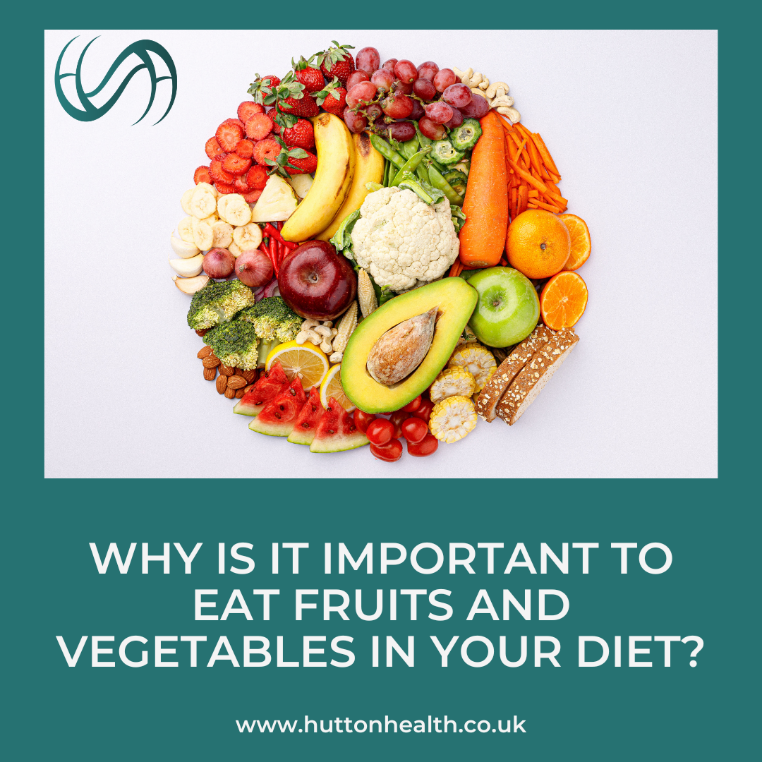
(This post may contain referral links. Please read my disclaimer for more info.). As an Amazon Associate I earn from qualifying purchases.
You have likely heard the phrase ‘eat your greens’ and ‘eat the rainbow’ for years.
Many people view salad as the fast track food to dieting and weight loss success yet others struggle to include vegetables and fruit as a regular part of their balanced diet.
Avoiding diet burnout is important to the long-term survival of even the most sensible eating plan.
In this blog we will look at:
- Why is it important to eat fruits and vegetables in your diet?
- What does it mean to ‘eat the rainbow’?
- What do the colours of fruits and vegetables mean for your health?
- What affects the nutritional content of fruits and vegetables?
- Why do you need to be concerned about when something was harvested?
- How many fruits and vegetables should you aim to eat?
- 10 Vegetables that have great nutritional content
Why is it important to eat fruits and vegetables in your diet?
There are numerous health benefits to eating a diet full of fruits and vegetables. Eating a variety of fruits and vegetables each day can:
- Lower the risk of some cancers, chronic diseases and conditions.
- Fruits are also a source of dietary fibre.
- Antioxidant vitamins can be found in many fruits and vegetables, such as vitamin A, vitamin E and vitamin C.
- Vegetables and fruits can supply the body of necessary nutrients like vitamins, minerals, and fibre that are vital for the development and maintenance of the human body.
- Many vegetables contain disease-fighting phytochemicals.
- Phytochemicals and other nutrients in plants, may help slow the aging process, and lessen the risk of many ailments including cancer, heart disease, high blood pressure, urinary tract infections, and many more.
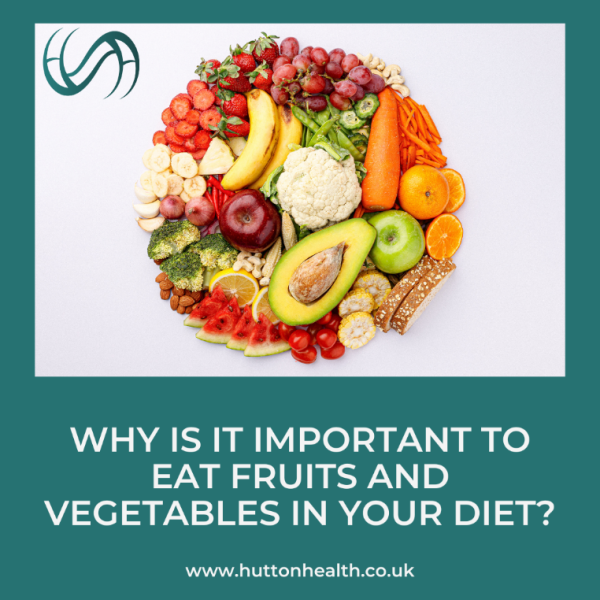
What does it mean to ‘eat the rainbow’?
Phytochemicals is term that is used to describe the fibre, vitamins, sugar, and other components of plants. There are different types of phytochemicals and each works diversely in promoting improved health.
There are 5 main colours of fruits and vegetables: red, purple/blue, orange, green and white/brown. Each colour has phytochemicals that give the vegetables their vibrant colour and some of their health properties.
For instance, yellow and orange fruits and vegetables tend to be very high in beta carotene, while green leafy vegetables are often great sources of calcium and other important nutrients. Consider adding colour to your green salad with a splash of colour in the form of yellow peppers or orange carrot slices?
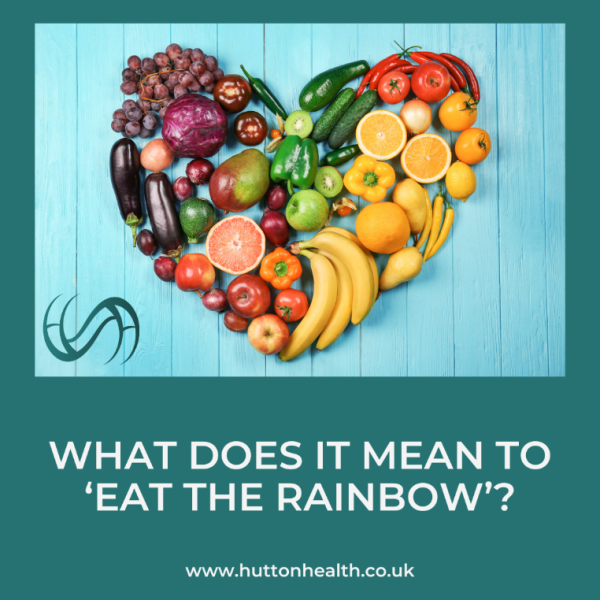
What do the colours of fruits and vegetables mean for your health?
Red – anti-inflammatory, antioxidant and may help lower the risk of heart disease and cancers. It may also reduce sun related skin damage.
Yellow & Orange – anti-inflammatory, antioxidant, supports eye health and may help reduce the risk of heart disease and cancer.
Green – anti-inflammatory, antioxidant, cruciferous vegetables may lower the risk of cancer and heart disease.
Blue & Purple – anti-inflammatory, antioxidant, increases brain function, lowers risk of heart disease & neurological disorders, type 2 diabetes and certain types of cancers.
Dark Red – lowers the risk of high blood pressure, heart disease and certain cancers.
White & Brown – anti-inflammatory, antioxidant, lowers the risk of heart disease and lowers the risk of colon and other cancers.
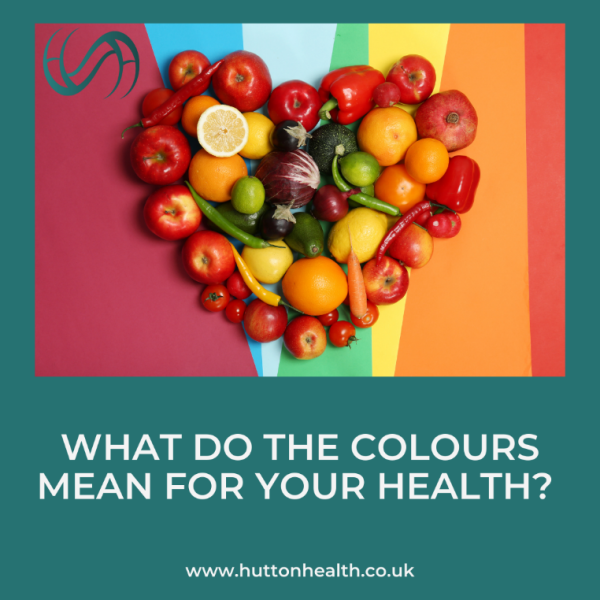
What affects the nutritional content of fruits and vegetables?
Many different factors can affect the nutritional value of fruits and vegetables before they reach your table.
The two most important factors are the time it takes for the food to reach your plate and the traveling conditions it has been subjected to.
The shorter the time frame that the fruit is packed until it reaches your table the better. If you are lucky enough to have a home garden, try to pick your vegetables early in the morning for peak flavour and nutritional value.
The next best choice is to use a local market stand. Generally, the foods they are selling were picked within a few hours of being set out for sale. If there are no local markets in your area, aim for seasonal fresh produce from your local supermarket.
Before any produce reaches your local supermarket, it must first be picked, and packaged. The closer the food was picked to you, the more likely it was picked less time before reaching the stores shelves.
If your produce has a long journey to make, chances are it was picked 7 to 10 days prior to hitting the supermarket shelf.
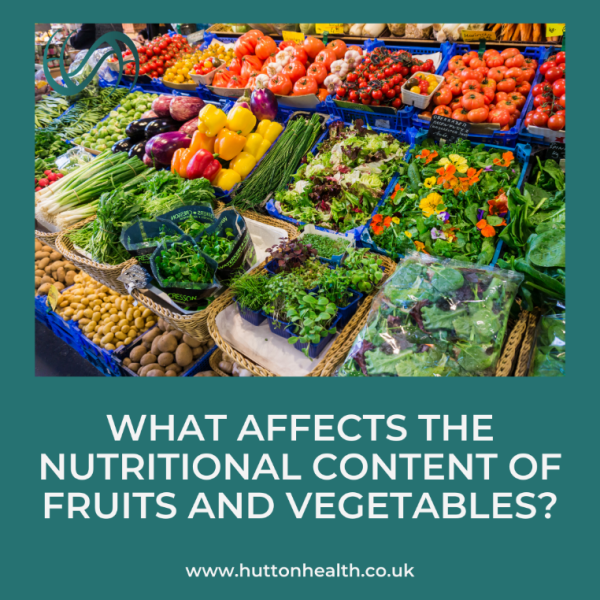
Why do you need to be concerned about when something was harvested?
When any produce is picked from the vine it is at its nutritional peak value. It starts to lose that value as time passes, the more time that passes, and the more value it loses.
The second biggest contributor is handling. If care is taken not to bruise or damage the exterior skin, produce will last longer. Additionally storing a produce at the proper temperature will also help slow down the loss of nutrients.
Here’s where it gets a little tricky, some fruits like temperatures as high as 60 degrees, and other prefer temperatures in the mid 30’s. So, the longer your food is in transit, and the more care that it shown to handling it properly the more packed with nutrients it is likely to be when it hits the shelves of your local supermarket.
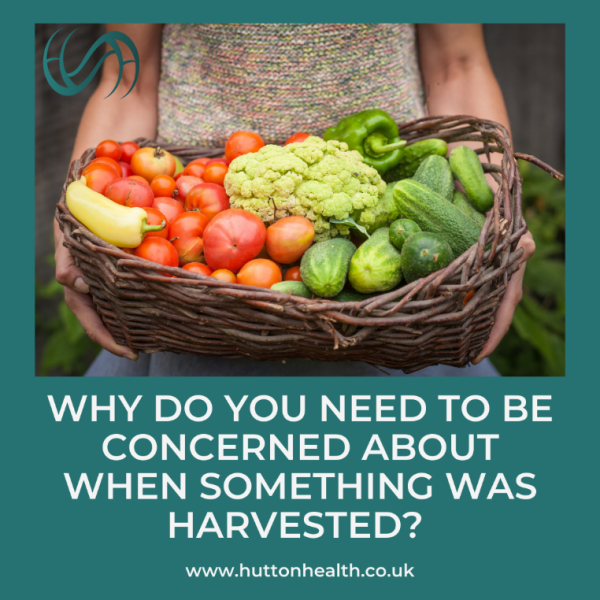
How many fruits and vegetables should you aim to eat?
It is recommended that adults eat 5 to 9 servings of fruits and vegetables each day.
One serving size is considered to be:
- A medium fruit or vegetable, for example an orange, apple or banana
- Two small fruits, such as kiwi or plums.
- ½ cup of fresh, frozen or canned fruits and vegetables.
- ½ cup of 100% juice
- ¼ cup of dried fruit or a cup of green salad
A great way to increase the variety of vegetables you enjoy is to combine fresh, frozen and canned vegetables. While fresh vegetables are generally better and healthier, frozen and canned vegetables can be great alternatives for when the fresh varieties are out of season.
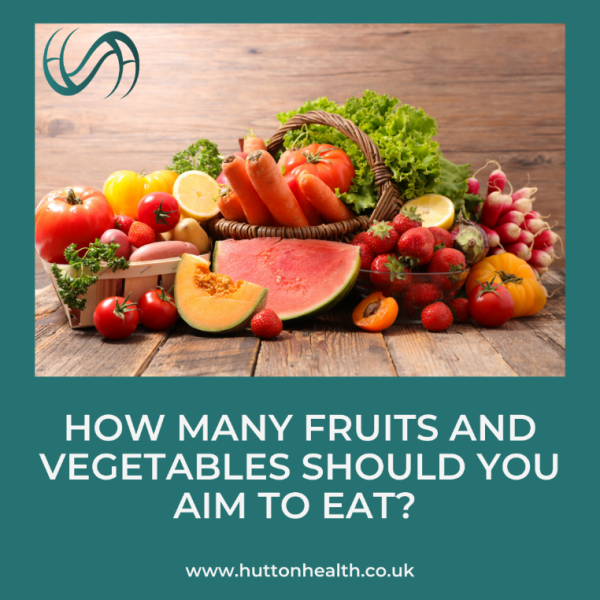
10 Vegetables that have great nutritional content
Broccoli
Broccoli is high in dietary fibre and is missing only vitamin B and vitamin D to have a full range of vitamins.
Broccoli has no saturated fat and only some sodium. Cholesterol in broccoli is non-existent.
Broccoli is one of those foods that is good to choose when trying to lose weight. It even is a good source of protein, which surprises many people. This is helpful to know when one is combining vegetables to form a complete protein source.
Spinach
Cooked spinach is one of the highest-ranking vegetables in providing complete nutrition. It is high in dietary fibre and gets top marks for every other nutrient identified in the diet with the exception of vitamin D and vitamin B12.
Spinach is low in saturated fat and fairly low in cholesterol. The most outstanding negative feature in consuming spinach is that is contains a significant amount of sodium.
Carrots
Almost everyone is aware that carrots are one of the highest nutritional sources for vitamin A, but carrots are also a source rated as excellent for antioxidants.
Reduced heart disease, cancer protection and increased night vision are all positive qualities associated with this root vegetable.
Many people do not realize that a diet rich in carrots will help to protect a person exposed to second hand smoke from contracting cancer and other diseases associated with cigarette smoking.
Cabbage
Cabbage is part of the cruciferous family of vegetables named because of the cross (crucifix) shaped flowers.
Medical researchers have found that the phytochemicals in cabbage known as indoles inhibit the growth of colon, stomach and breast cancer. On the downside, excessive amounts of cabbage in the diet may lead to problems with the thyroid gland.
Cabbage prepared in coleslaw has significant amounts of iron, vitamin C, potassium, and calcium.
Celery
Celery is one of those foods that most people love or they hate, but there is no question that it is a dieter's friend.
In addition to its very high fibre content, celery is excellent in providing phosphorus, magnesium, calcium, pantothenic acid, vitamin B6, riboflavin, manganese, potassium, folate, and vitamins K, C, and A.
Unfortunately, celery is also high in sodium content which is not the best nutrition happening. Dieters love the food because it contains negative calories. It actually uses more calories to digest it than you take in by eating it.
Asparagus
Providing almost 60 percent of the recommended daily allowance of folic acid, asparagus plays a starring role of vegetables helpful in prevention of spina bifida.
Asparagus has a wealth of nutrients, dietary fiber and it is low in sodium. Asparagus is another vegetable that contains no cholesterol or fat, making it a dieter's friend.
Sweet Corn
Consuming a diet that includes corn and other foods high in beta-cryptoxanthin, a carotenoid also found in pumpkins and red bell peppers may significantly reduce one's chances of developing cancer in the lungs.
Corn is also beneficial in the amount of fibre that it adds to the diet and in the folate found in corn.
Radish
Radishes are known for the ability to add piquancy to a salad, but they are also good for optimum health in that they contain high dietary fibre, very low fat and cholesterol.
Consuming three radishes raw provides potassium, folate and vitamin C, calcium, vitamin B6 and riboflavin. In addition, radishes provide manganese, copper and magnesium.
Green Beans
Some would argue that green beans are not a vegetable, but a fruit in that they contain the seeds inside the pod in the same way that apple seeds are found within the apple. However, few people would accept green beans as a fruit.
They are excellent choices for obtaining vitamin K, vitamin C, manganese and vitamin A to your diet. In addition, green beans are high in dietary fibre.
Lettuce
Romaine lettuce contains a significant portion of the daily recommended allowance of vitamins K, C and A. It is also noted for the presence of manganese and folate. Since a one cup serving adds only 15 calories to your daily intake, lettuce is an excellent choice for weight reduction.
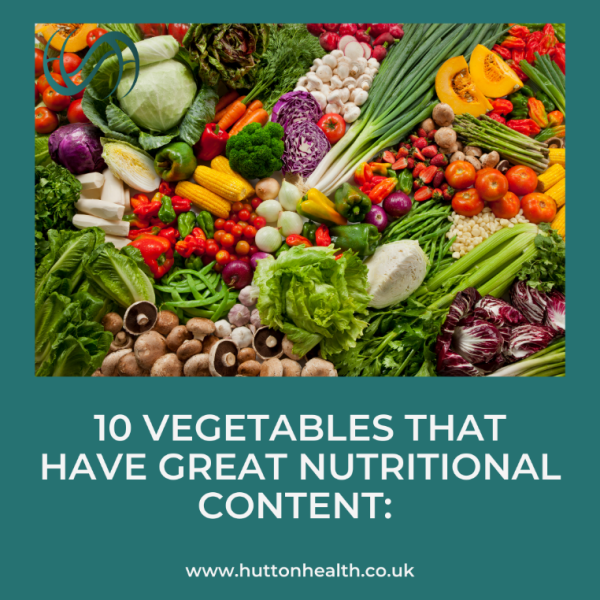
Trying a variety of different fruits and vegetables is a great way to keep your meals interesting and exciting in addition to nutritious. It is all too easy to become bored when trying to follow a healthy diet, and boredom can lead people to abandon their healthy habits.
One of the best things about fresh fruits and vegetables is the great variety of flavours, colours and textures available. Eating a variety of different coloured vegetables and fruits does much more than provide much needed variety in your diet, it also provides a great variety of nutrients.
| Download Hutton Health's free Meal Planner to help you improve your eating habits and patterns. There are many benefits to meal planning. Find out how to start meal planning in this blog! |
You may also enjoy...

Transform Your Day: Embrace Mindful Walks for Daily Wellbeing
21st April 2024
Mindful walking is a simple practice that has the potential to transform our daily routines and enhance our overall wellbeing.
Read Now
Building Resilience: The Mental Health Benefits of Strength Training for Women Over 40
21st March 2024
Weight training can become a key part of maintaining positive mental health and wellbeing for women over 40.
Read Now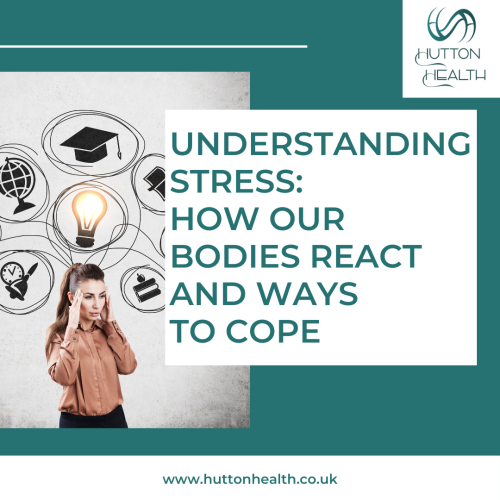
Understanding Stress: How Our Bodies React and Ways to Cope
7th March 2024
Here are some strategies for reducing stress and prioritising your health and wellbeing.
Read Now
Unlocking Relaxation: The 6 Best Massage Guns Reviewed
3rd March 2024
Best Massage Guns: Our guide to find the perfect massage gun for deep tissue relief, enhanced recovery, and ultimate relaxation.
Read Now
Sustaining Momentum: How to Keep Your Health and Fitness Goals and Resolutions on Track
29th January 2024
Each year, people around the world set New Years Resolutions and goals based around health, fitness and weight loss.
Read Now
Best Cold Weather Gear for Outdoor Winter Workouts
4th January 2024
Staying warm and comfortable during outdoor winter workouts is crucial to ensure your safety and enjoyment.
Read Now6 Best Fitness Trackers for Women: Top Picks for Every Lifestyle
14th December 2023
6 Best Fitness Trackers for Women: List of top fitness trackers, designed to meet the unique health and style needs of women.
Read Now
Surviving Winter: How to Beat the Winter Blues
12th December 2023
With night’s drawing in and temperatures dropping, it is common to feel the winter blues setting in.
Read Now
Fitness truths every woman over 40 should know
1st December 2023
Fitness myths and misconceptions can significantly impact the fitness and health journey for women over 40.
Read Now
Healthy habits for a strong body and mind during the holiday season
24th November 2023
Maintaining a healthy lifestyle during the holiday season is important for both physical and mental wellbeing.
Read Now
Christmas Gifts for Fitness Lovers
14th November 2023
We've put together a selection of the finest outdoor, health, and fitness gifts available in 2023.
Read Now
How to Stay Motivated for Winter Exercise: Tips for Cold Weather Workouts
10th November 2023
Cold weather workout motivation tips for staying active in winter.
Read Now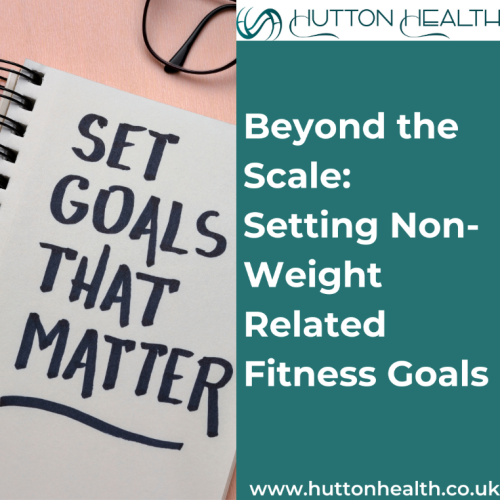
Beyond the Scale: Setting Non-Weight-Related Fitness Goals
1st November 2023
Here are 18 fitness goals that are not associated with weight loss:
Read Now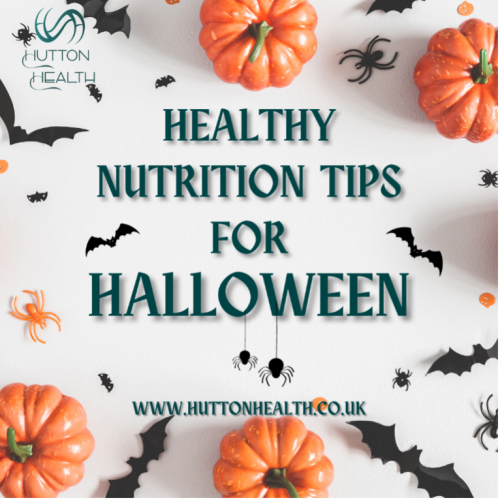
Healthy Nutrition Tips for Halloween
28th October 2023
Enjoying Halloween treats while still maintaining your health and weight loss efforts is possible with some mindful strategies.
Read Now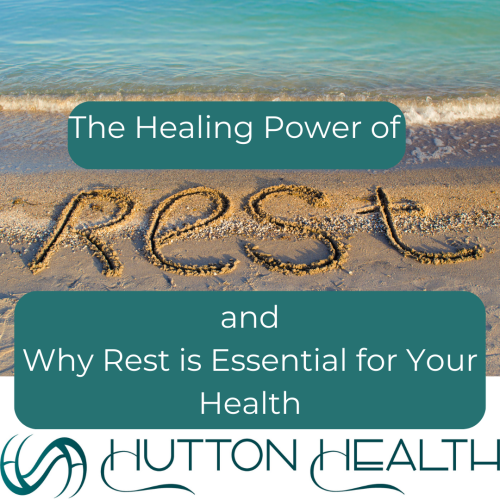
The Healing Power of Rest: Why Rest is Essential for Your Health
20th October 2023
Rest is crucial for several reasons, and it plays a vital role in maintaining overall health and wellbeing.
Read Now
6 Desk Stretches for Improved Posture and Wellbeing
17th October 2023
With a busy work schedule, taking a few moments to stretch at your desk can help keep niggles at bay.
Read Now
Mental health benefits of exercise for women over 40
13th October 2023
Here are some of the specific mental health advantages of regular exercise for women over 40.
Read Now
9 Easy things to do today to increase your fitness and health
6th October 2023
Here are 9 things to do today to increase your fitness and health.
Read Now
5 Reasons to Improve your Body Image
21st September 2023
Here are 5 reasons to build a positive body image
Read Now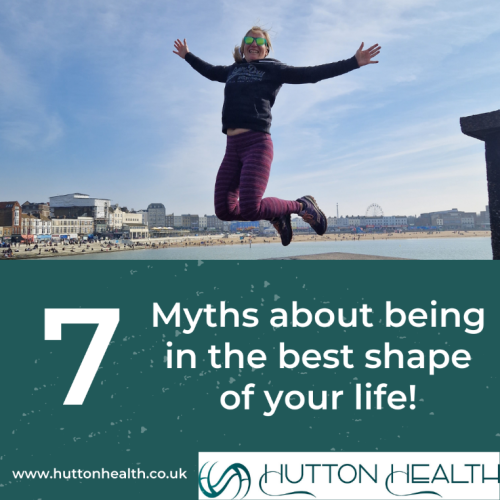
7 Myths about being in the best shape of your life
15th September 2023
People often reach for quick fixes in the quest to be in the ‘best shape’ of their life. Here are 7 myths about your 'best shape'.
Read Now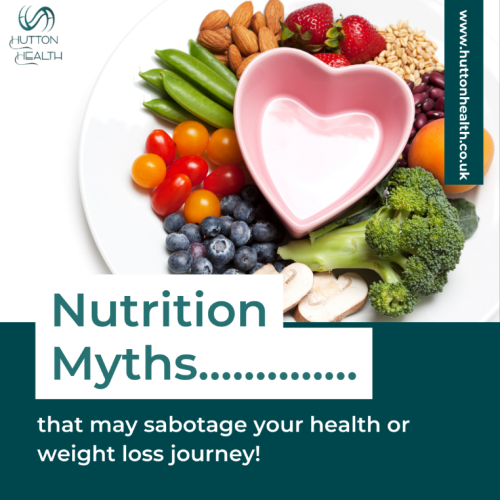
Nutrition Myths that may sabotage your health or weight loss journey
8th September 2023
Here are some common nutrition myths that may sabotage your health or weight loss journey:
Read Now
Morning habits for a healthier lifestyle
1st September 2023
A good morning routine can transform your day and improve both your physical and mental health.
Read Now
3 Ways to Supercharge Your Brain Power Through Exercise
30th September 2023
You know exercise is good for your physical health, but did you know it’s also good for your brain?
Read Now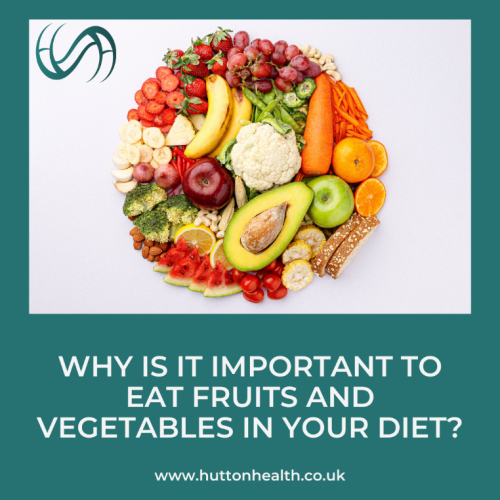
Why is it important to eat fruits and vegetables in your diet?
25th August 2023
There are numerous health benefits to eating a diet full of fruits and vegetables.
Read Now
9 Reasons to start running
20th August 2023
There are many benefits to including running in your exercise routine. Find out 9 reasons to start running in this blog!
Read Now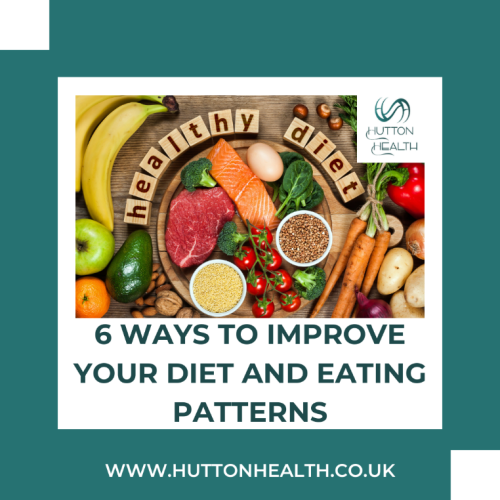
6 Ways to Improve your Diet and Eating Patterns
22nd July 2023
What shapes our diet and eating pattern as adults and tips to Improve your nutrition and diet to improve your health.
Read Now
7 ways to motivate yourself to run!
16th July 2023
Running can be great for our mental and physical health. Here are 7 ways to motivate yourself to lace up and head out for a run.
Read Now
25 Reasons to go for a walk
9th July 2023
Walking is a great way to increase your health and fitness and is beneficial for both your body and your mind. 25 reasons to walk!
Read Now
10 Common Exercise Mistakes of Women Over 40
2nd July 2023
These are common exercise mistakes that I see women over 40 make
Read Now
6 Things to do Next Time you Gain Weight
28th June 2023
It is easy to attach your confidence and happiness to your weight. Here are 6 things to do next time you gain weight.
Read Now
Step goals: Is there magic in taking 10, 000 steps each day?
24th June 2023
10,000 steps each day has become a ‘golden rule’ for many people as the target to lose weight, get fit and increase your health.
Read Now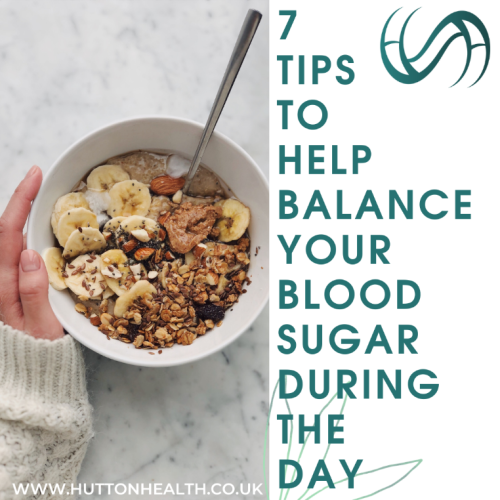
7 Tips to help balance your blood sugar during the day
17th June 2023
Consuming too much sugar can impact the health of both our bodies and our brains.
Read Now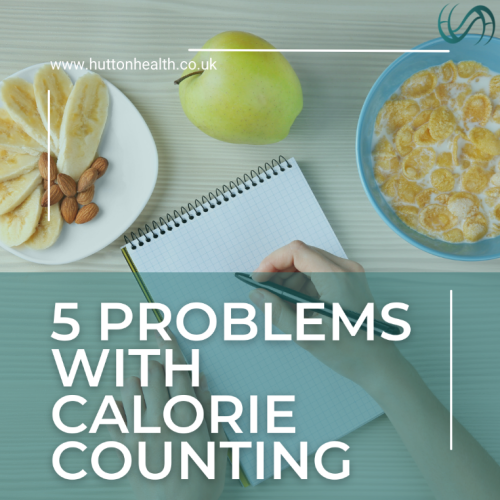
5 problems with calorie counting
11th June 2023
Calorie counting is a popular weight loss strategy but there are some problems with calorie counting for long term weight loss.
Read Now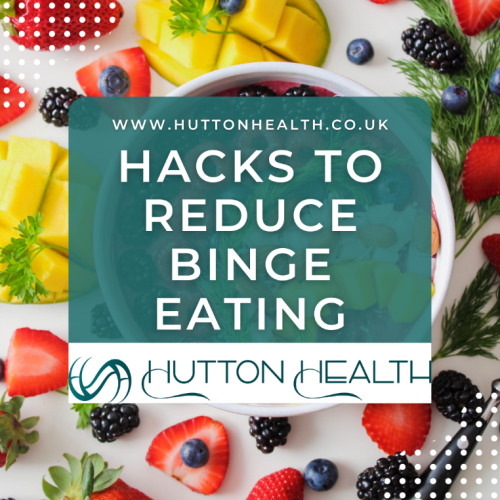
Hacks to reduce binge eating
3rd June 2023
Understanding binge eating and finding strategies to limit it can help you feel more in control of your food and eating pattern.
Read Now
Best summer exercise tip - Just WEAR THE SHORTS!
1st June 2023
Here is your friendly reminder to WEAR THE SHORTS when you exercise this summer!
Read Now
What to wear when you workout: A guide to my favourite fitness clothing
26th May 2023
Great fitting fitness clothing can help make you feel comfortable and confident while you exercise.
Read Now
Interval Training for Beginners
19th May 2023
Interval training is a great way to combat weight gain and improve your fitness and health in an efficient manner.
Read Now
The best wellness products for a day at home
10th May 2023
Here are my 10 best wellness products for a day at home
Read Now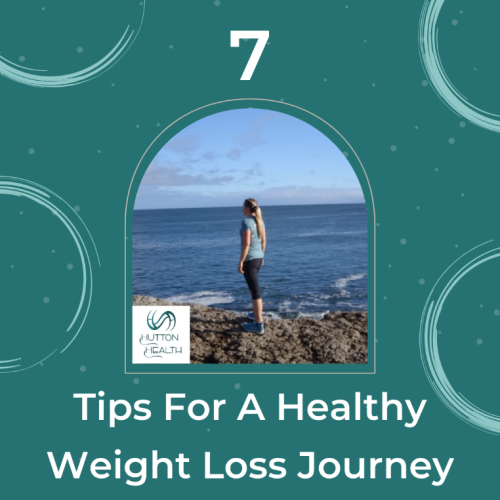
7 Tips for a healthy weight loss journey
29th April 2023
Building healthy habits into your daily routine can help you lose weight in the healthiest way possible.
Read Now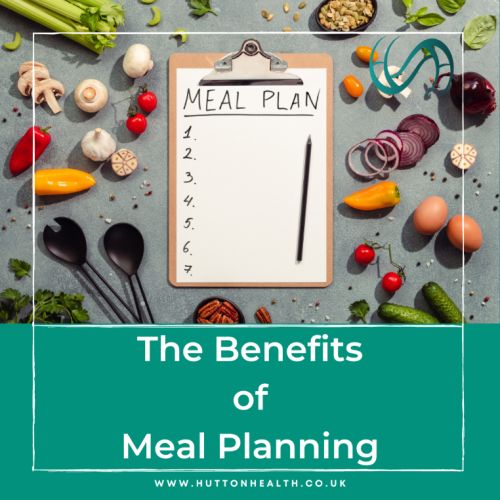
The benefits of meal planning and how to start meal planning today!
7th May 2023
Meal planning is an easy way to increase the chances of eating a healthy diet.
Read Now
How to work out over 40
4th May 2023
A good exercise programme can help counter the effects of aging to keep us fit and healthy over 40.
Read Now
Nutrition Tips for Improving Your Health
21st April 2023
Eating a healthy, nutritional diet aids digestion, improves health, boosts mood, and keeps your body working optimally.
Read Now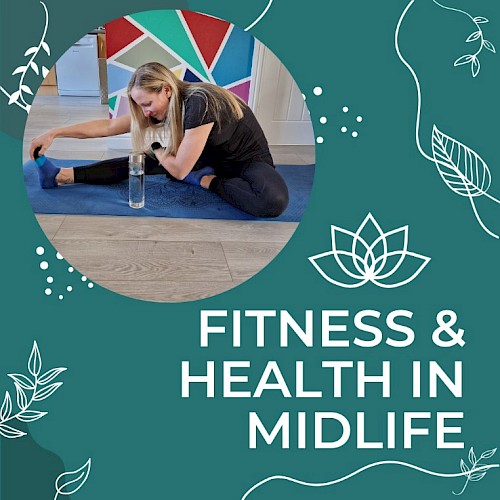
Fitness and Health in Midlife
16th April 2023
A lack of exercise can cause some of the age-related changes to our bones, muscles and joints.
Read Now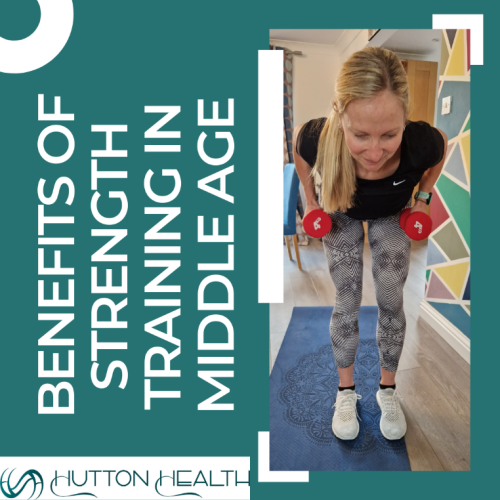
Benefits of Strength Training in Middle Age
10th April 2023
There are a number of benefits of incorporating strength training into your programme as you age.
Read Now
Travelling Tips to Stay Fit and Healthy on Holiday
7th April 2023
There are a few simple things you can do to stay fit, healthy and on track while you are on holiday.
Read Now
Types of Exercise and Elements of a Good Exercise Plan
5th April 2023
Regardless of your age and fitness level, incorporating a balance of these 4 elements of fitness will help you be fit and healthy.
Read Now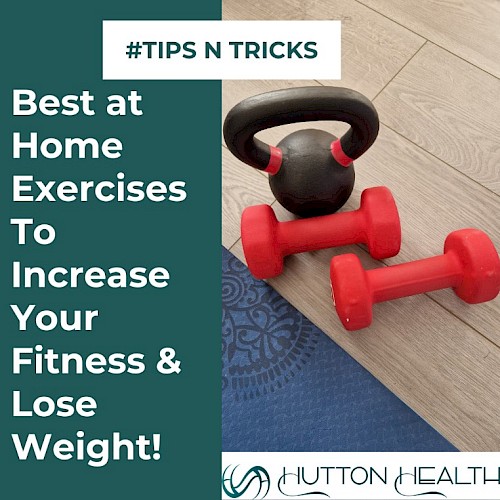
Best At Home Exercises to Increase your Fitness and Lose Weight
31st March 2023
Here is a list of my top at home workout equipment to start strength training at home
Read Now
7 ways to change your thinking to help you enjoy exercise
20th March 2023
Exercise shouldn’t be a dreaded activity that you ‘have’ to fit in. This blog shares tips to learn to enjoy movement and exercise!
Read Now
Beating Body Image Blues
15th March 2023
Find out how to create a healthy attitude around food, exercise and body image.
Read Now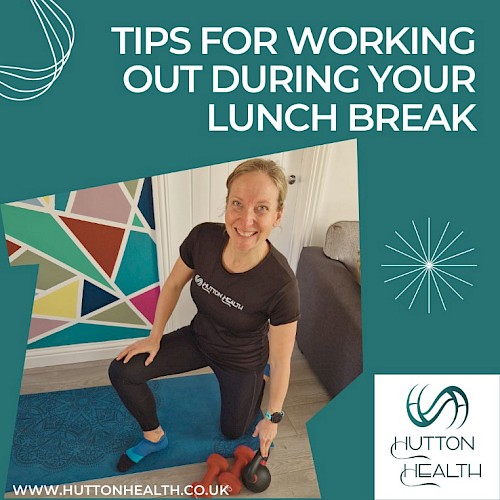
Tips for Effectively Working Out During your Lunch Break
28th March 2023
Fitting in a workout or run during your lunch break has numerous benefits to your fitness, health and wellbeing.
Read Now
How to start exercising when you are out of shape
5th March 2023
Important tips to remember to start exercising when you feel out of shape.
Read Now
How do you fit a workout in to a busy schedule?
25th February 2023
Here are tips that can help fit exercise into your busy schedule.
Read Now
Healthy Weight Loss
18th February 2023
A healthy weight loss journey avoids fad diets, excessive exercise, restrictive eating and extreme changes in diet and exercise.
Read Now
10 Easy Ways to Exercise More!
25th March 2023
Here are 10 easy ways to more exercise into your busy day to make you feel fitter and healthier.
Read Now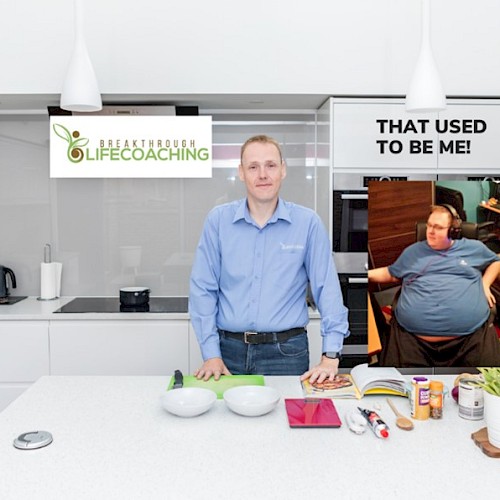
Sustainable Weight Loss: The Ultimate Guide to Achieving Your Health Goals Effortlessly
7th March 2023
Best practices for losing weight sustainably so that you can feel confident in your journey towards a healthier you.
Read Now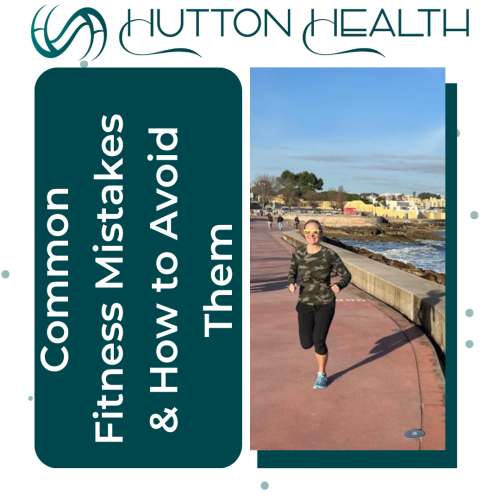
Common Fitness Mistakes and How to Avoid Them
19th January 2023
When it comes to achieving your health and fitness goals, there are some common mistakes that people make
Read Now
How to Increase Fitness and Improve Health at Home
14th December 2022
Learning new routines and health habits is essential to feel strong in our body and strong in our mind.
Read Now
Why New Years Resolutions don’t work and what you should do instead!
19th January 2023
Every year people make New Years Resolutions. These are typically drastic changes based on what you think you SHOULD be doing.
Read Now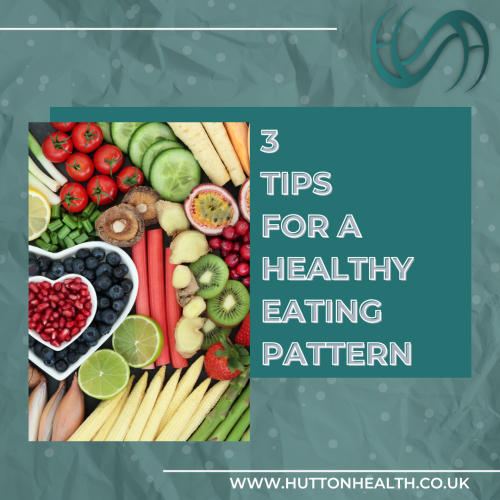
3 Tips for a Healthy Eating Pattern
19th January 2023
Food and drinks consumed over time creates a person’s eating pattern. This is the average consumption over a period of time.
Read Now
How to stop snacking at night
14th December 2022
Regularly snacking at night can make it difficult to reach your weight loss, health and fitness goals.
Read Now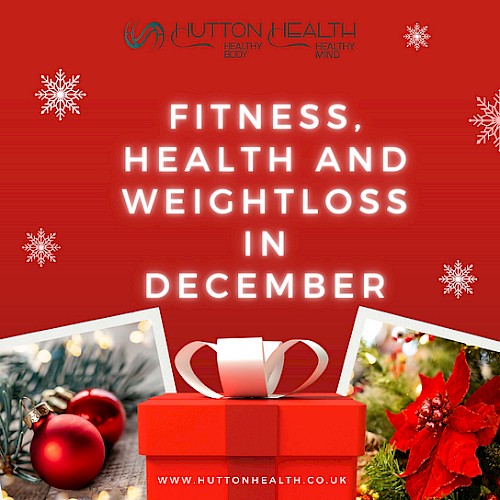
Fitness, weight loss and health in December
29th April 2021
We are in December, 11 months into the year already! Many of us started the year setting New Years resolutions to lose weight.
Read Now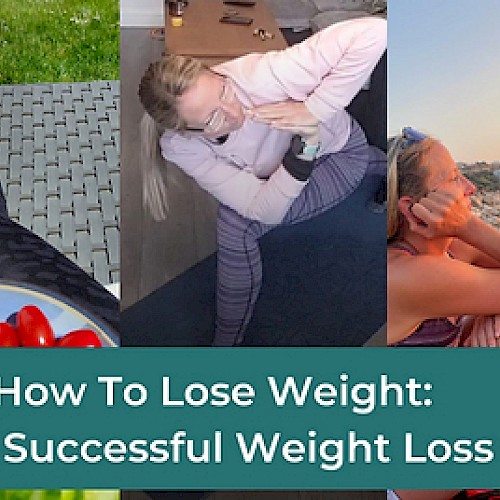
How to Lose Weight: 7 Tips for a Successful Weight Loss Journey
6th December 2022
Tips on how to self improve in your weight loss journey and direct yourself to be better at it.
Read Now
15 Winter Running Motivation Tips
20th January 2023
Staying motivated to run during the cold, wet and dark winter months can be a challenge.
Read Now
6 Best Running Lights To Look Out For In 2023 | Review & Buyer’s Guide
20th January 2023
Running lights are a great way to make sure you're seen by cars and pedestrians when you're out for a run after dark.
Read Now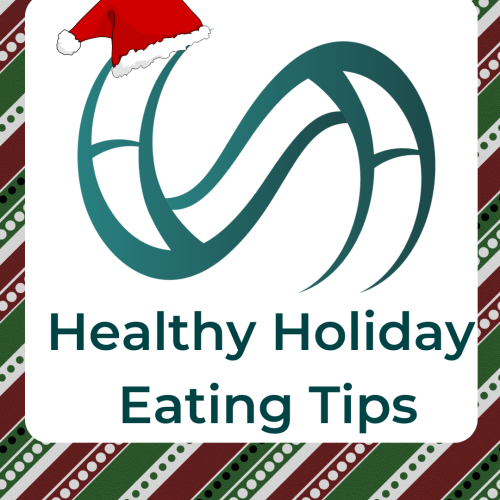
Healthy Holiday Eating Tips
20th January 2023
The holiday season is a time when there are food temptations galore. It is easy to become powerless to the extra calories.
Read Now
6 Best Running Headphones To Look Out For In 2023 | Review & Buyer’s Guide
24th January 2023
We have selected the 6 Best Running Headphones that are sweat-resistant, have great sound quality, and will stay put.
Read Now
6 Best Air Fryers For A Healthy Lifestyle | Review & Buyer’s Guide
25th January 2023
Air fryers are quickly becoming an essential cooking appliance. I was skeptical that it would be a good investment for me.
Read Now
Types of Running Shoes
25th January 2023
When you shop for running shoes, you are faced with walls and pages of choices. Finding the perfect shoe can be a challenge
Read NowBest Fitness Trackers/Smartwatches
25th January 2023
A fitness tracker or smartwatch is a great way to track your fitness progress.
Read Now
Tips to Achieve your Health and Fitness Goals
25th January 2023
To help keep you focused on your health and fitness journey, sweat the small stuff! Shorter term goals can help keep you on track.
Read Now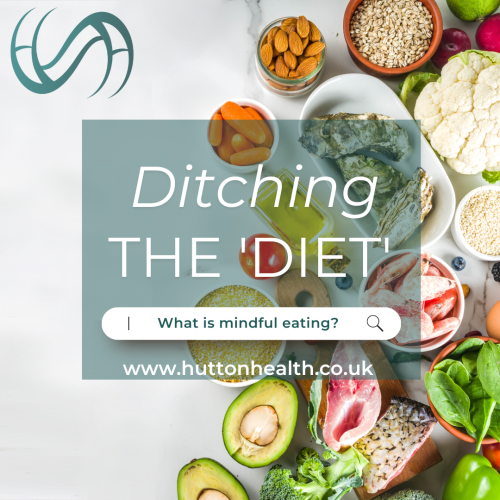
Ditching the 'Diet'
25th January 2023
Conforming to a ‘diet’ can become all-consuming, creating a harmful ‘all or nothing’ mentality.
Read Now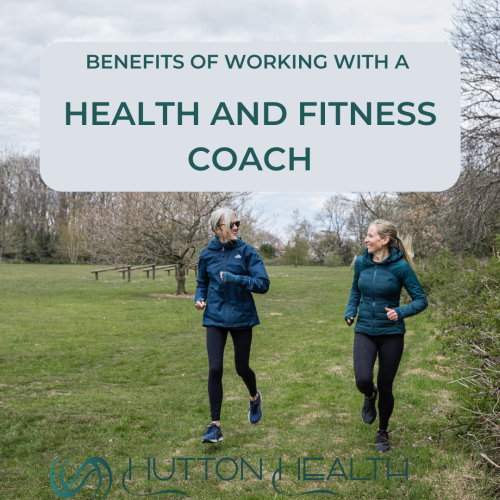
Benefits of Working with a Health and Fitness Coach
25th January 2023
If you are serious about making a change, there is one thing that can increase your chances of success; HIRING A GREAT COACH.
Read Now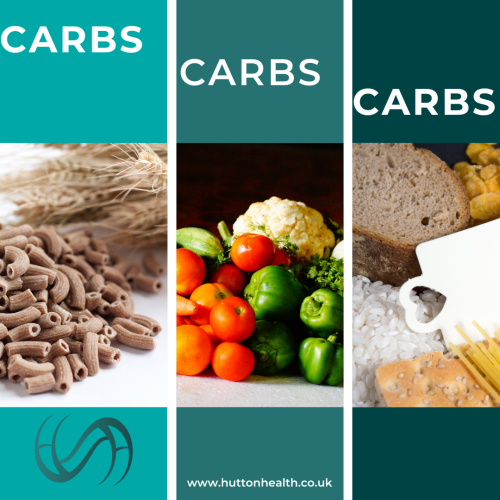
Carbs, Carbs, Carbs!
25th January 2023
A misconception is that carbohydrates should be avoided. Carbs play an important role and are essential in a balanced diet.
Read Now
4 Ways Gratitude Will Change Your Life
25th January 2023
Finding small things each day to be grateful for is a great way to change your mindset, build confidence and improve your health.
Read Now
7 Tips to Start Running
26th January 2023
Whether you are beginning your running journey or returning to running after an extended break, here are 7 ways to start running.
Read Now
Top Tips to Optimise Fat Loss, Build Muscle and Improve Your Health
26th January 2023
Tips to help YOU lose weight, build muscle and increase your health.
Read Now
Types of Strength and Strength Training 101
27th January 2023
There are numerous health benefits to strength training. It is a key part of an effective exercise program.
Read Now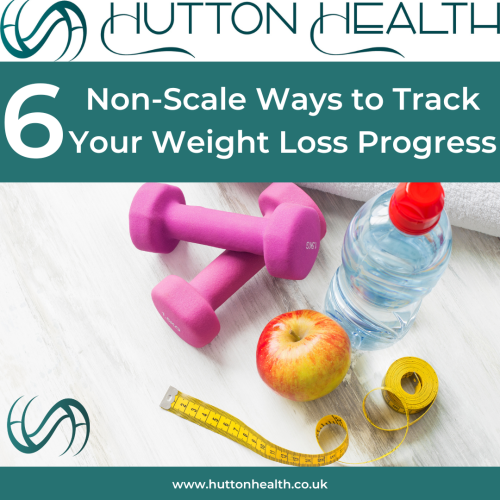
Non-Scale Ways to Track Weight Loss Progress
27th January 2023
This blog looks at other things to consider on your health and weight loss journey rather than just the numbers on a scale.
Read Now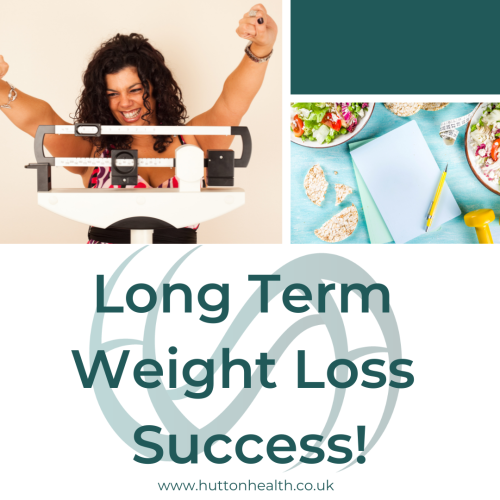
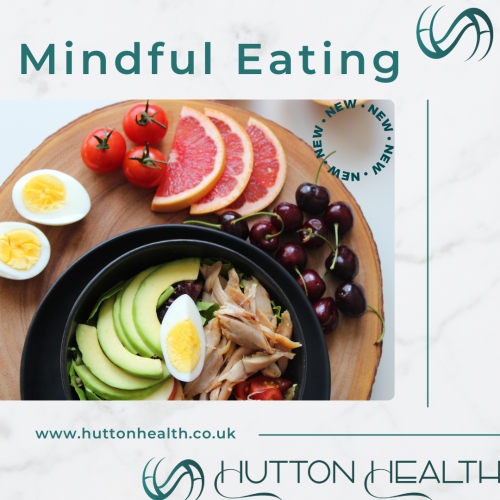
Mindful Eating – What is it and why is it important?
27th January 2023
Mindful eating can play a huge part in helping us change the way we view food and can help us develop healthy eating habits.
Read Now
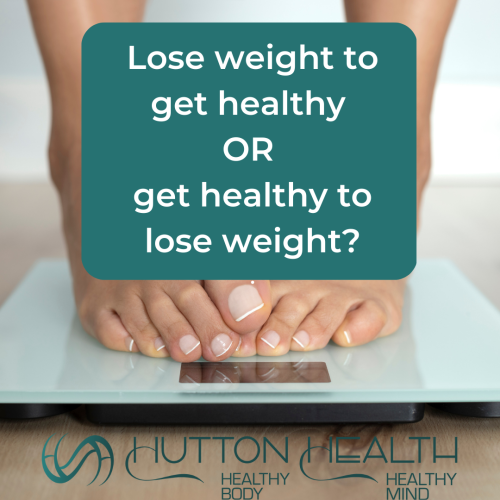
Lose weight to get healthy OR get healthy to lose weight?
27th January 2023
Linking your motivation to exercise, eat a healthy diet and lead a healthy lifestyle to your weight or appearance has downfalls.
Read Now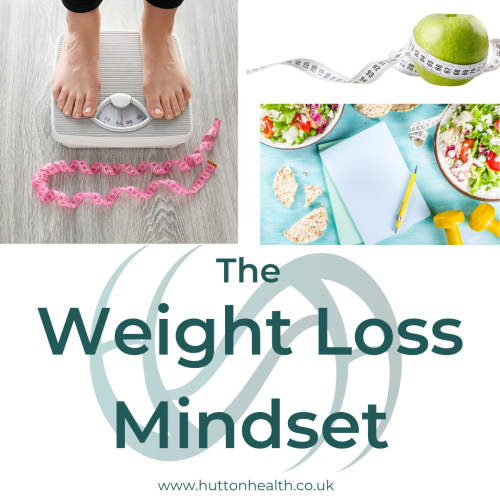
The Weight Loss Mindset
27th January 2023
A successful weight loss journey includes a shift and focus on your weight loss mindset.
Read Now
Walking Your Way to Health and Fitness
27th January 2023
Walking is a low impact form of exercise with many benefits for both our physical and mental health.
Read Now
9 Facts to Fuel Your Exercise Motivation!
28th January 2023
Here are 9 facts about exercise to help fuel you with motivation and inspiration:
Read Now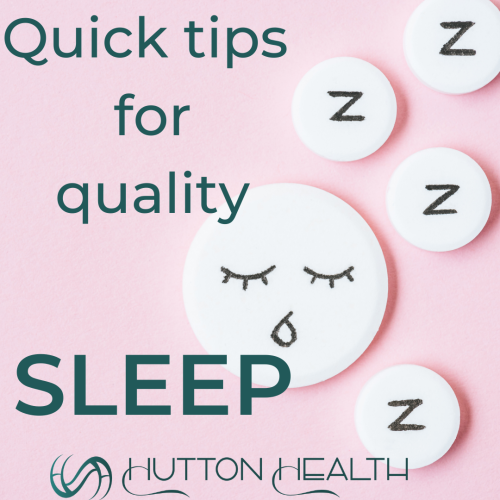
Quick Tips for Quality Sleep
28th January 2023
Sleep is essential for our mental and physical health. Ongoing sleeplessness can lead to a number of health risks.
Read Now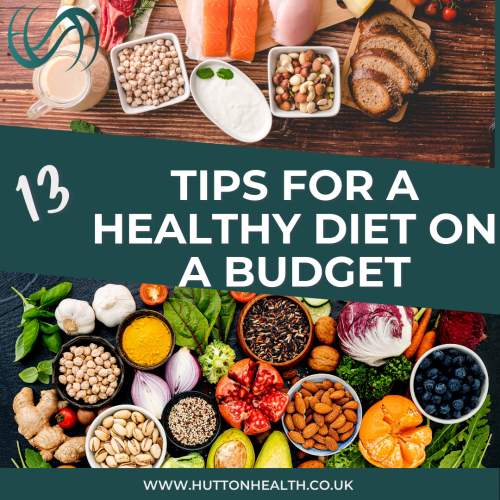
13 Tips for a Healthy Diet on a Budget
28th January 2023
With the ever-rising costs of living, it is important to find affordable ways to have a healthy diet on a budget.
Read Now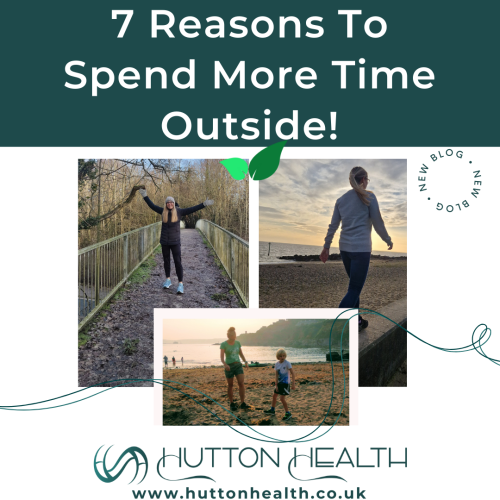

7 Tips to Start a Health, Fitness and Wellness Journey
28th January 2023
7 Tips to start working on your HEALTH, FITNESS and WELLNESS goals:
Read Now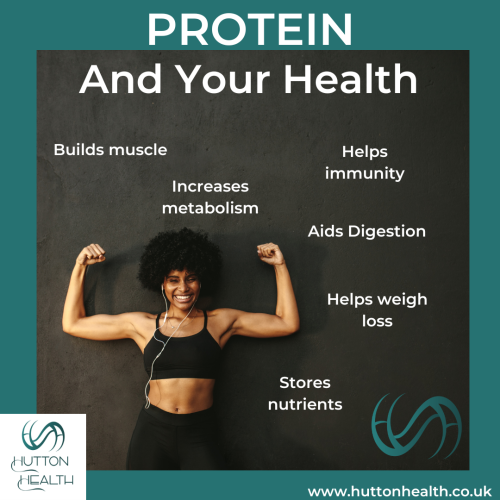
Protein and Your Health
29th January 2023
There are many reasons to get proteins from the food that you eat. Your body depends on protein to function properly.
Read Now
5 Tips for Starting a New Workout Routine
30th January 2023
Here are 5 tips to fuel your motivation to start an exercise programme and keep you on track.
Read Now
Exercise, fitness and health for mid-age women
30th January 2023
In mid-life it is important to adjust fitness, health and weight management strategies.
Read Now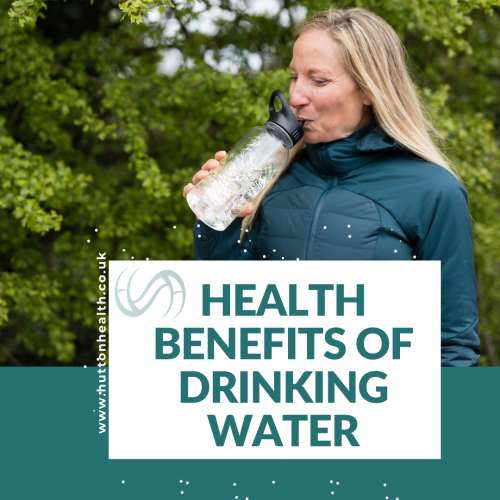
Health Benefits of Drinking Water
30th January 2023
Water is essential for our health. It is vital for every physiological function in your body.
Read Now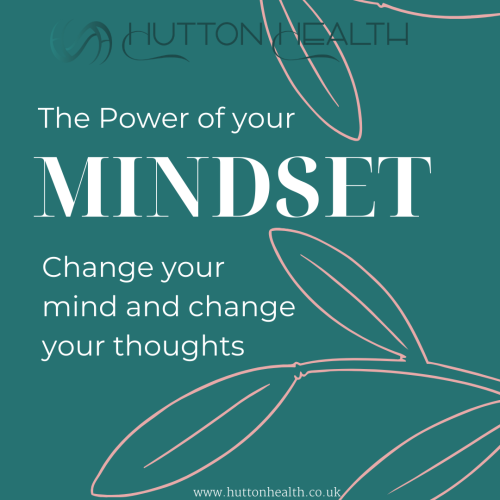
The Power of your Mindset: Change your mind and change your thoughts
30th January 2023
The Power of your Mindset: We need to work on our mindset in the same way we train our bodies for fitness through exercise.
Read Now
7 Things Healthy Women Do Every Day
30th January 2023
As we strive to feel healthy, strong, fit and happy, there are some things that healthy women consistently do.
Read Now
How Stress Can Affect Your Health
31st January 2023
Did you know that stress can have a profound impact on your health? Here are some ways that stress can affect your health:
Read Now
Challenges To Making A Change to Our Health
31st January 2023
Here are some common problems that people face in their health journey as well as potential solutions.
Read Now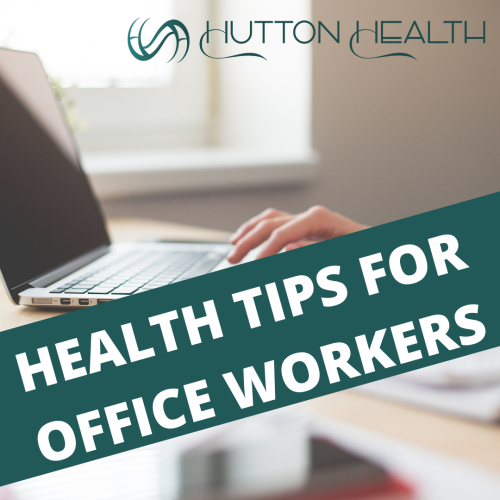
Health Tips for Office Workers
31st January 2023
Read on to discover tips to stay motivated to commit to your health and wellness in the workplace
Read Now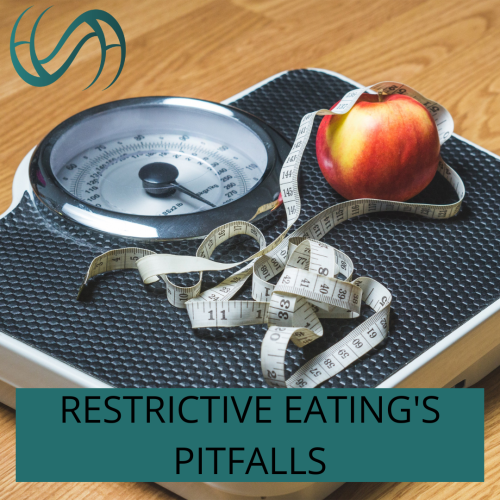
Restrictive Eating's Pitfalls
31st January 2023
Restrictive diets can negatively affect your health in the long run. Here are 5 pitfalls of restrictive eating:
Read Now

Motivation, the Heart of Self Improvement
31st January 2023
With the countless negativities the world brings about, how do we keep motivated? Try these A to Z tips to fuel your motivation.
Read Now
5 Tips to Develop a Positive Attitude
1st February 2023
When it comes to your quality of life, attitude is everything! Read on for easy ways to develop a positive attitude.
Read Now
Too Old to Exercise?
1st February 2023
It’s never too late to start exercising, eating right and being healthy.
Read Now
5 Ways to Increase your Energy
5th February 2023
Life has its ups and downs, so it is not uncommon for energy levels to fluctuate. Here are ways to maximise your energy
Read Now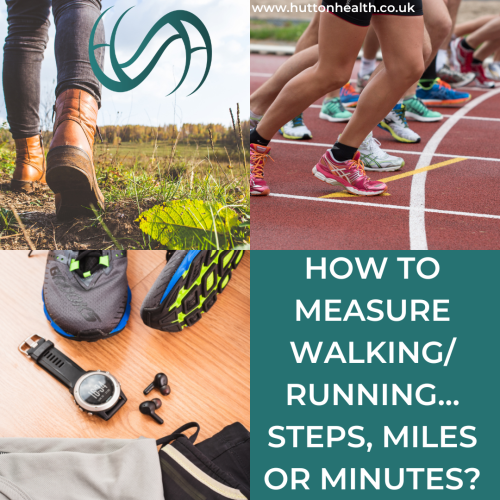
How to Measure Walking/Running…Steps, Miles or Minutes?
5th February 2023
You may wonder what metric to use when you're measuring your walking and/or running; miles or minutes.
Read Now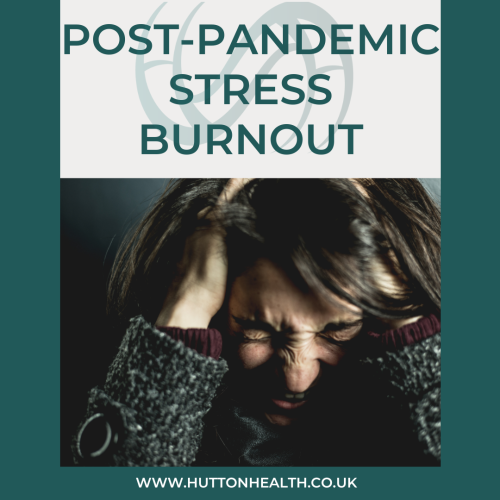
Post-Pandemic Stress Burnout
5th February 2023
Despite having unique experiences, each of us has felt the effects of the stress of the pandemic both physically and mentally.
Read Now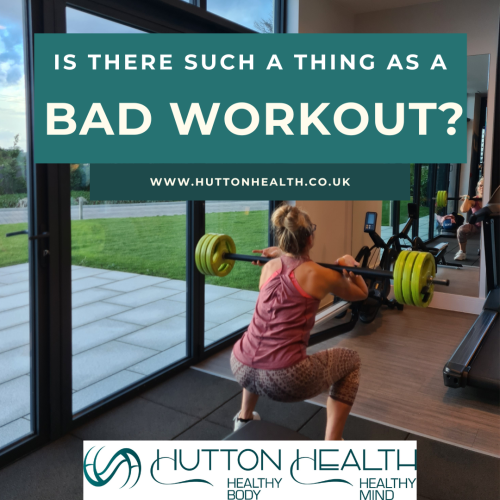
Is there such a thing as a ‘bad workout’?
5th February 2023
Tips to avoid feeling like you have 'failed' or had a 'bad workout':
Read Now